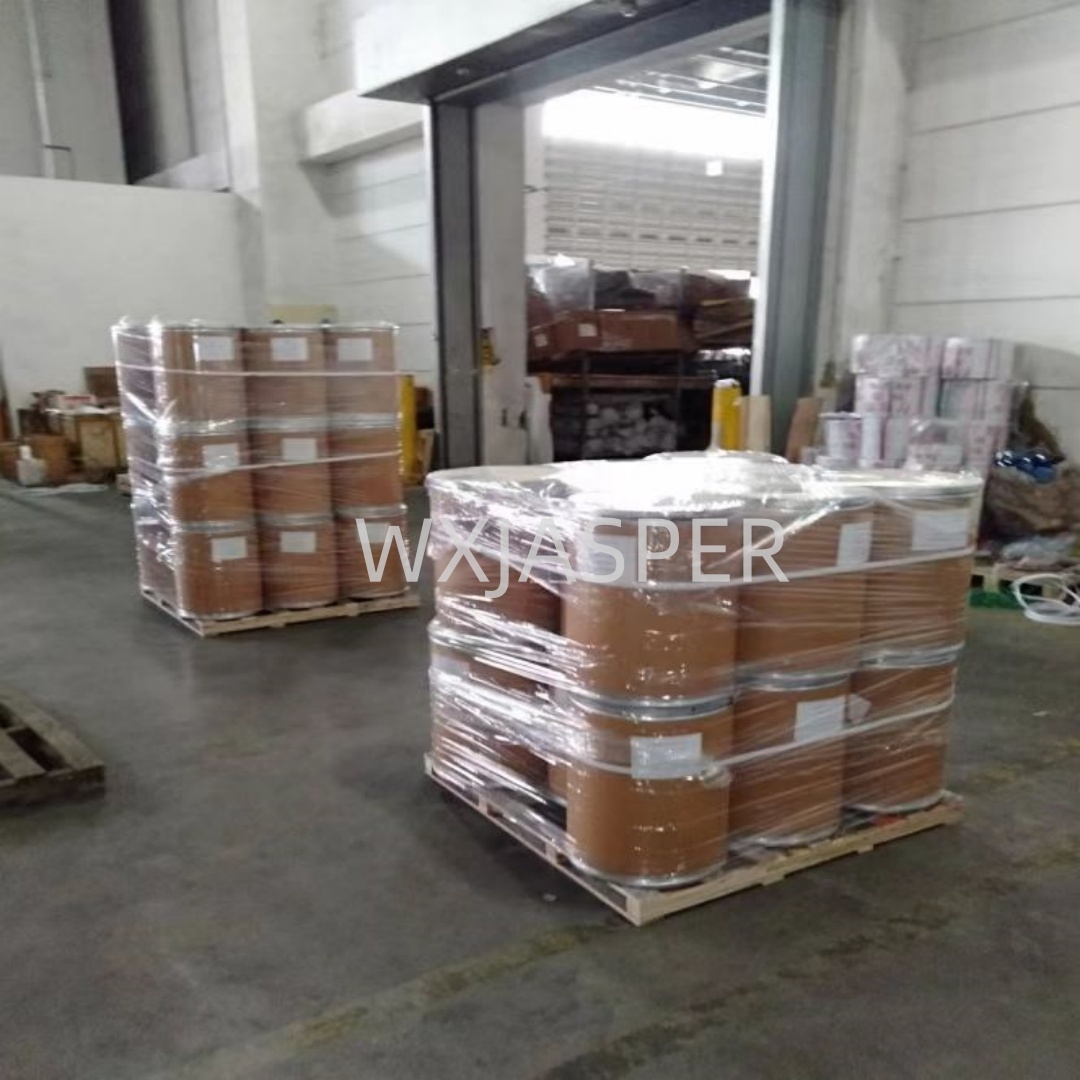Product Details
CasNo: 77182-82-2
MF: C5H15N2O4P
Appearance: powder
Delivery Time: 15 days
Packing: 25kg/drum
Purity: 95%
1. Basic Information
- English Name: Glufosinate-Ammonium
- Chemical Name: 4-(Hydroxy(methyl)phosphinoyl)-DL-homoalanine or ammonium 2-amino-4-(hydroxy(methyl)phosphinoyl)butanoate
- Molecular Formula: C₅H₁₅N₂O₄P
- Molecular Weight: 198.16
2. Physicochemical Properties
- Appearance: Pure product is a white crystalline solid with a slight odor.
- Melting Point: 210°C
- Boiling Point: 519.1°C at 760 mmHg
- Solubility: Highly soluble in water, with a solubility of 1370 g/L at 22°C; low solubility in common organic solvents.
3. Toxicity
-
Acute Oral Toxicity:
- LD₅₀ for male rats: 2000 mg/kg
- LD₅₀ for female rats: 1620 mg/kg
- LD₅₀ for male mice: 431 mg/kg
- LD₅₀ for female mice: 416 mg/kg
- LD₅₀ for dogs: 200-400 mg/kg
Classified as low to moderately toxic.
-
Acute Dermal Toxicity:
- LD₅₀ for male rats: >2000 mg/kg
- LD₅₀ for female rats: 4000 mg/kg
4. Mechanism of Action
Glufosinate-ammonium acts as a glutamine synthetase inhibitor. After application, it binds to ATP and occupies the reaction site of glutamine synthetase, irreversibly inhibiting the enzyme’s activity. This disrupts ammonium metabolism in plants, leading to the accumulation of toxic ammonium ions. Concurrently, photosynthesis is severely suppressed, ultimately resulting in weed death.
5. Formulations
The main formulation is aqueous solution (SL). Current domestic formulations are available in five concentrations based on glufosinate content: 6%, 12%, 13.5%, 15%, and 20% aqueous solutions.
6. Application Scope
Primarily used in:
- Non-cultivated land
- Papaya orchards, rubber plantations, tea gardens, fruit orchards, and vegetable fields
It effectively controls annual and perennial grassy weeds, broad-leaved weeds, and sedges, such as Alopecurus myosuroides (black-grass), Digitaria sanguinalis (crabgrass), Echinochloa crus-galli (barnyard grass), Setaria viridis (green foxtail), and wild wheat.
7. Product Performance
- A contact herbicide with partial systemic activity.
- Decomposes rapidly upon contact with soil, with no residual soil activity.
- Acts faster than paraquat but slower than glyphosate.
- Has a broad weed control spectrum, with many weeds sensitive to it.
- Serves as an alternative to glyphosate in areas where glyphosate resistance has developed.


